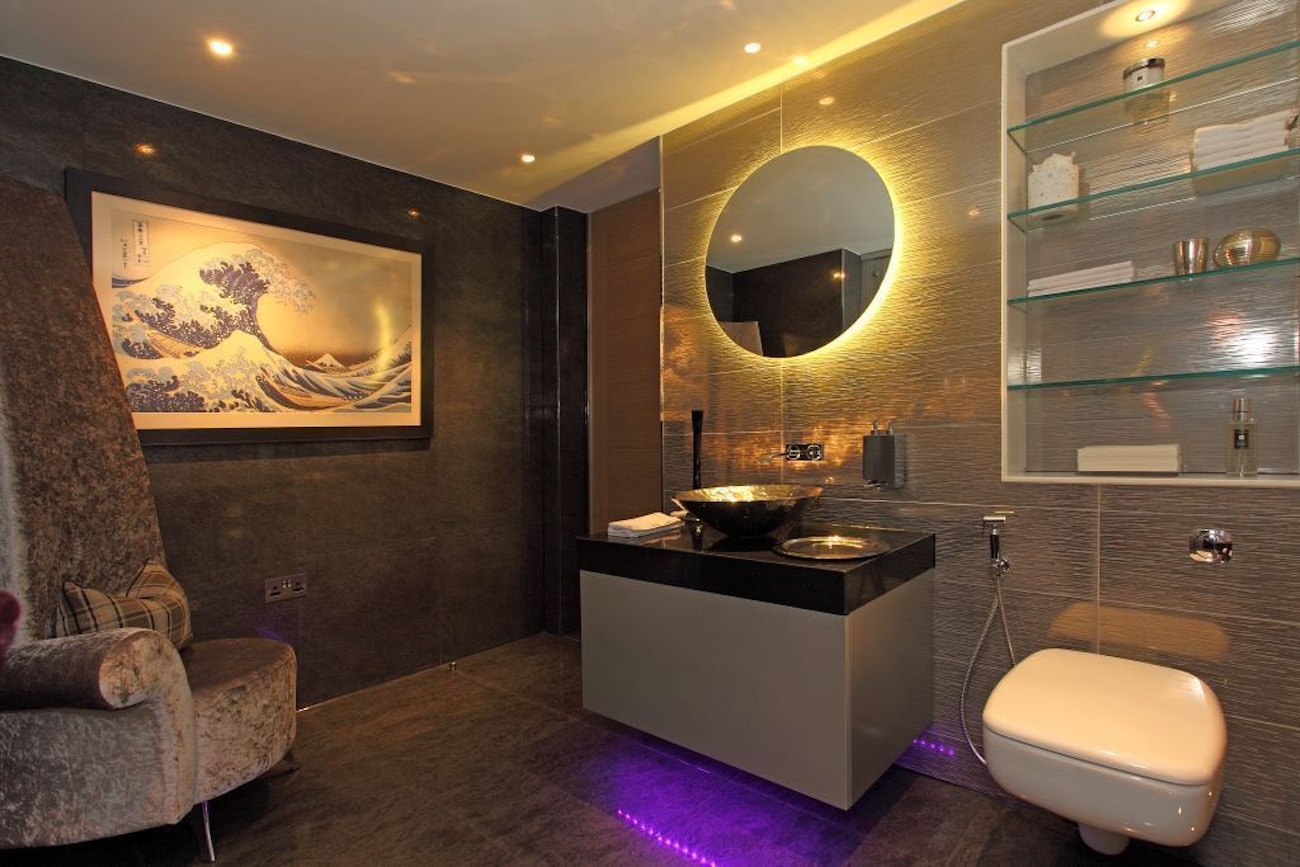
Wired vs Wireless Rako Lighting System
Unsure if you should go wired or wireless with your new Rako lighting system? This article covers the pros and cons of both so you can make the best decision for your home.
Blog

Author: Bradley Devenish
Lighting artwork and sculptures can be an exciting challenge. One crucial element in displaying artwork, though, is to ensure it’s always seen in the best light.
The way in which art is lit can ultimately determine whether it becomes the true centrepiece of a room.
This could simply mean making certain the art is visible at night, or using bespoke lighting design to highlight specific features.
With different solutions to assist different art mediums, we’ve compiled a list of 3 top tips on lighting artwork. Read on to find out more.
Prior knowledge of which art pieces will go where, is so important for the success of the lighting design scheme.
It’s best to discuss this as early in the design stage as possible, to avoid any potential mistakes.
Different mediums of art will require different techniques and levels of light, as aggressive lighting choices can often cause irreversible heat and light damage, resulting in permanent colour distortion and damage to the artwork.
Working with a lighting design team to plan your scheme ahead of time will ensure your art is lit safely.

Generally, lighting for artwork should be three times brighter than the room’s ambient light. This can be achieved by using the correct level and intensity of light. Consider the following options when lighting artwork.
Tip: To test for potential heat damage, put your hand between the light and and the artwork. If you can feel heat from the light, it’s probably too close to the artwork.
As we mentioned earlier, specific mediums will often need specific levels of light.
When it comes to lighting artwork, the suggested angle for the light source is at 30 degrees, which will reduce any glare or reflection, whilst covering the artwork in enough light.
Heavily-textured pieces, such as oil paintings, should use direct lighting to cause shadows or highlights to appear. If this isn’t the desired effect, use a broad light.
Tip: To avoid shadows with larger pieces, add 5 degrees to the angle. To accent any texture of the painting, subtract 5 degrees from the angle.
For the last 20 years, our team at Hampshire Light has provided lighting design schemes all across the south of England. With our complete end-to-end consultative process, expertise is lighting design, we can provide a bespoke plan that enhances your space.
Looking for an award-winning lighting designer? Contact our expert team today - we’d love to help with your project.
Unsure if you should go wired or wireless with your new Rako lighting system? This article covers the pros and cons of both so you can make the best decision for your home.
More info
Have you ever entered a room and felt instantly relaxed? If so, you can probably thank the lighting designer. Good architectural lighting design is responsible for more than just making things look pretty. It can help define a space, improve functions, and can affect our moods in a positive way.
More info